On the red basalt land of the Central Highlands, across the tirelessly flowing Serepok River, Bridge 14 (also known as Serepok Bridge) still exists silently, as a witness to time.
Turning the pages of history, Bridge 14 – the first bridge across the Serepok River was built in 1941 under the French colonial period. Each steel bar, each bridge girder was soaked with sweat, tears and even blood of political prisoners, of the indigenous people forced into hard labor.
On the day of its inauguration, to demonstrate the safety of the bridge, the wife of a French engineer gave the most beautiful Ede girl in the region a pair of high heels, and together they, in traditional costumes, walked across the bridge. An image that was both proud and steeped in the contradictions of history – when behind those concrete spans were the sweat and tears of countless sufferings.
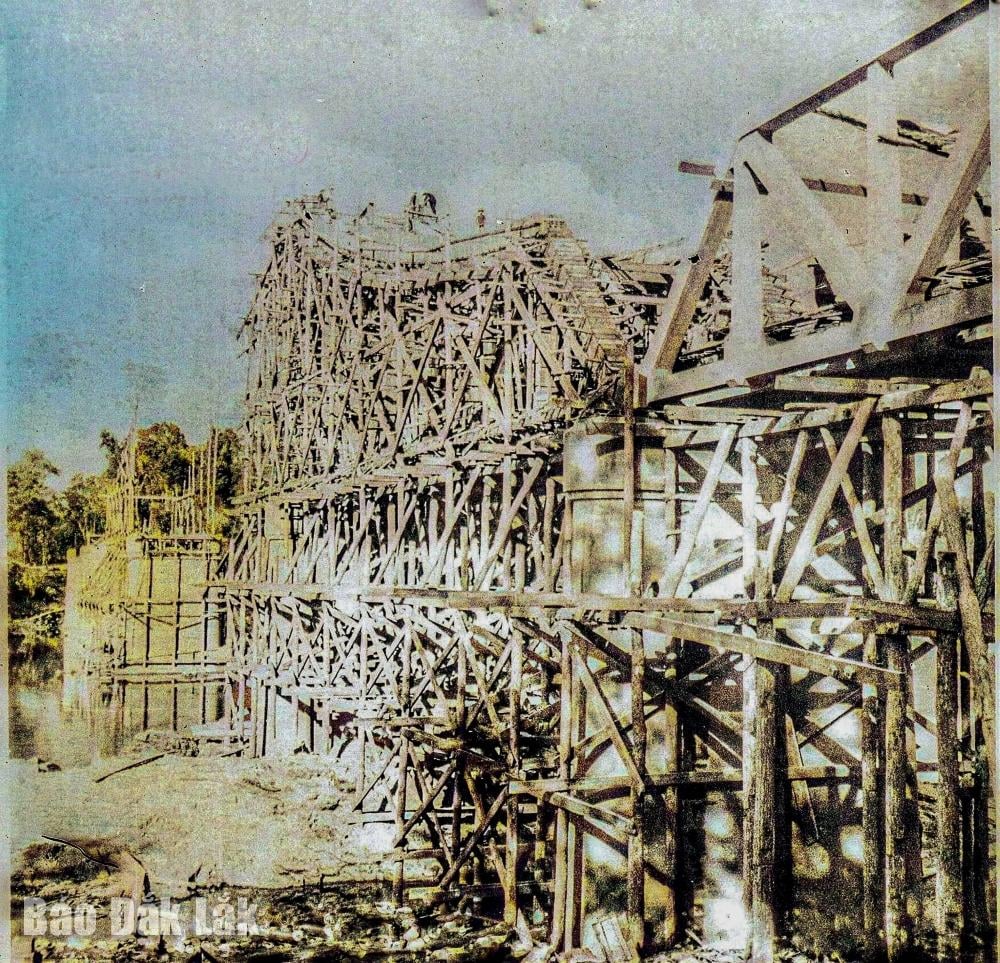 |
| Construction process of Bridge 14. Photo archive. |
Entering the anti-American period (1954 - 1975), Route 14 was thoroughly exploited by the US imperialists and the puppet government. Realizing the important strategic role of Bridge 14 in terms of military, economic and political aspects, the enemy set up a blockade to block the vital supply route from the North to the South. At the same time, they strictly controlled the movement of people and revolutionary bases from the outskirts to Buon Ma Thuot city, combined with organizing attacks on the Liberation Army forces, gradually expanding and consolidating the strategic springboard, using the Central Highlands as a fulcrum to attack and attack the North.
Also here, on the night of February 2nd and early morning of February 3rd, 1969, the explosion of 50 kg of explosives and mines by the K2 and H6 Special Forces (codename of Buon Ma Thuot town) and the V12 unit of the Provincial Military Command destroyed the bunker south of the bridge, shaking the entire sky, obstructing the mechanized march of the Republic of Vietnam forces supporting from Buon Ma Thuot to Duc Lap, Quang Duc province.
In the following years, the enemy's position began to crack. In March 1975, when the Central Highlands Campaign officially opened, Buon Ma Thuot became the key breakthrough point. The victory in Buon Ma Thuot not only shook the Central Highlands but also paved the way for the general offensive to liberate the South.
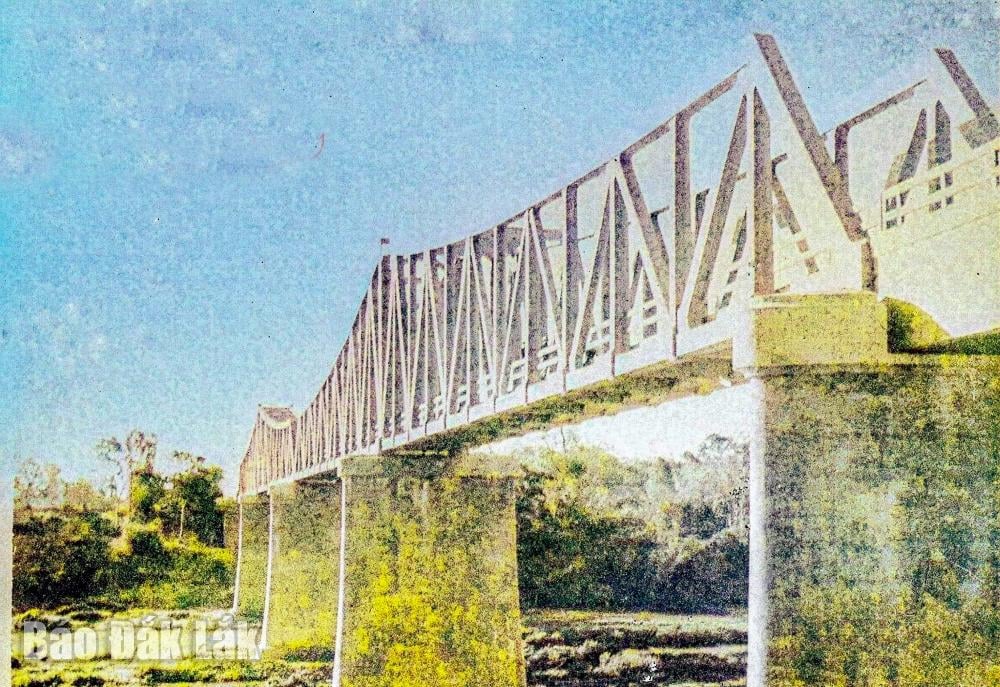 |
| Old Bridge 14. Photo archive. |
During those boiling days, groups of main troops marched at lightning speed, crossing fiery red basalt roads, bravely running on bridges, advancing to liberate Saigon.
Mr. Nguyen Quang Luyen, a veteran of Thanh Nhat Ward, Buon Ma Thuot City - who directly participated in both the Tay Nguyen Campaign and the Ho Chi Minh Campaign, recounted with emotion: “At that time, we marched during the day, the Central Highlands was blazing hot. The convoys of vehicles and troops followed each other in long groups. When we crossed a large iron bridge over a wide river, I was amazed. That bridge looked no different from the Long Bien Bridge in Hanoi; the steel spans curved under the sun. The whole group of people diligently walked quickly across the bridge, rushing straight towards Saigon. At that time, I only knew that it was a large bridge, like an open door, entering a new battlefield. Only later did I know that it was Bridge 14 - the place marking a historical milestone that I had passed through...”
Under the wheels, under the soldiers' boots, the bridge resounded with rumbling, rumbling sounds, like the resounding drum beats urging the troops to advance and carrying on their bodies the eager troops to the new front, bridging the gap between the victory in the Central Highlands and the day of total victory.
After April 30, 1975, the country was filled with joy of reunification, Bridge 14 continued to witness the changes of the Central Highlands. Trucks carrying coffee, pepper, rubber from the fields crossed the bridge; carrying agricultural products to the provinces and cities, to major ports for export.
 |
| Current Bridge 14. Photo: Nguyen Gia |
With increasing travel demand, Dak Lak provincial government decided to build a new bridge parallel to the old bridge and in 1992 it was inaugurated and put into use.
In 2014, Dak Lak – Dak Nong province continued to build a third bridge between the old and new bridges to meet transportation needs. The old bridge 14, since then, is no longer the main road for vehicles and has begun to be covered with moss and traces of time. However, in the minds of many generations, the old bridge still retains its meaning and historical value.
Amidst the hustle and bustle of life, of the rushing flow of time, Bridge 14 is still there quietly and peacefully, not only spanning the river, but also spanning the memories: from the days filled with gunfire, to the sunny peaceful seasons. That bridge, now still whispers to the forest wind, the waves of the Serepok River flowing through and tells its own story...
Source: https://baodaklak.vn/chinh-tri/lich-su-truyen-thong/202505/cau-14-va-nhung-mien-nho-f50071f/



![[Photo] "Lovely" moments on the 30/4 holiday](https://vphoto.vietnam.vn/thumb/1200x675/vietnam/resource/IMAGE/2025/5/1/26d5d698f36b498287397db9e2f9d16c)
![[Photo] Binh Thuan organizes many special festivals on the occasion of April 30 and May 1](https://vphoto.vietnam.vn/thumb/1200x675/vietnam/resource/IMAGE/2025/5/1/5180af1d979642468ef6a3a9755d8d51)
![[Photo] Ha Giang: Many key projects under construction during the holiday season](https://vphoto.vietnam.vn/thumb/1200x675/vietnam/resource/IMAGE/2025/5/1/8b8d87a9bd9b4d279bf5c1f71c030dec)

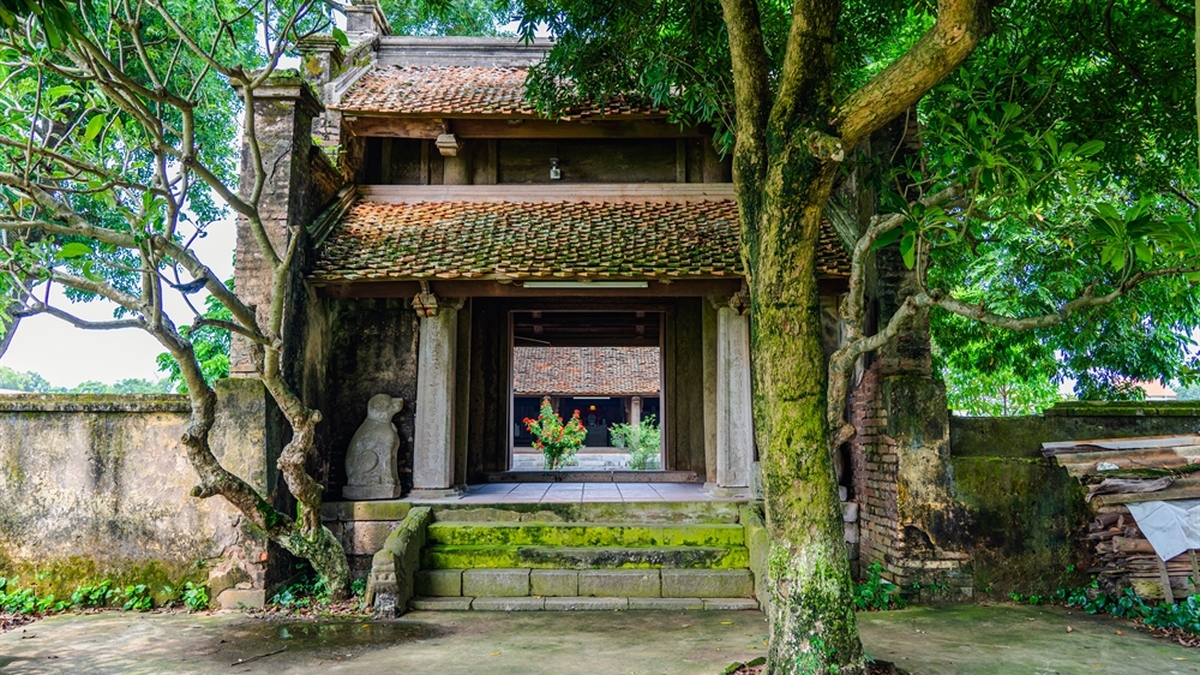




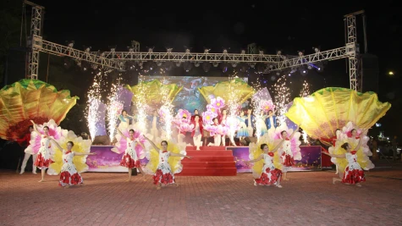
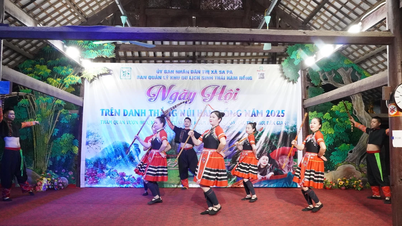








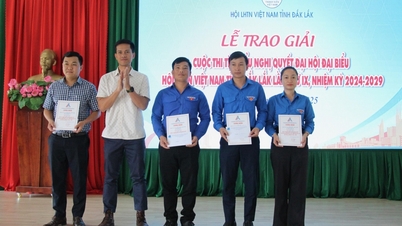
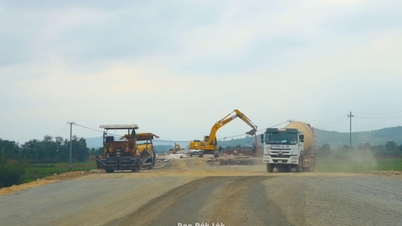











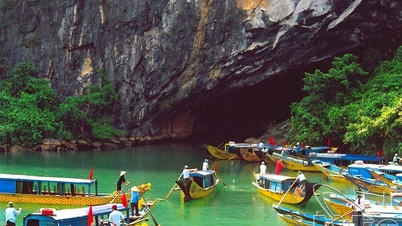

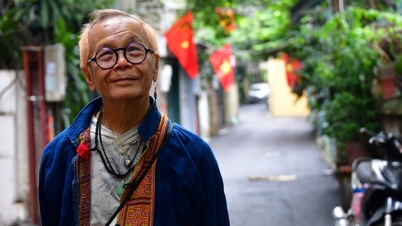

















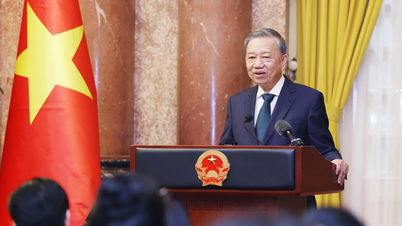
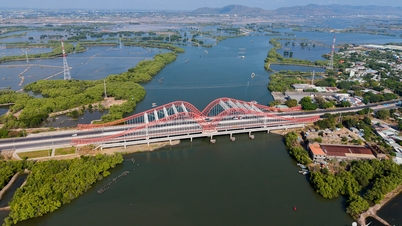



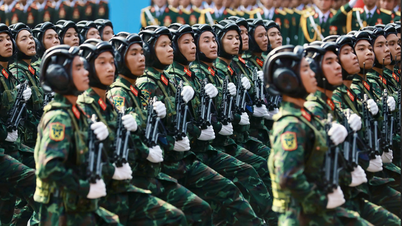
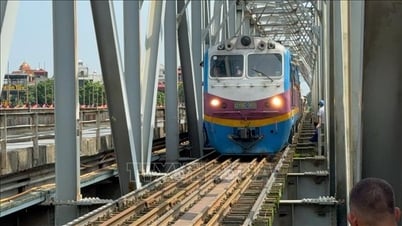













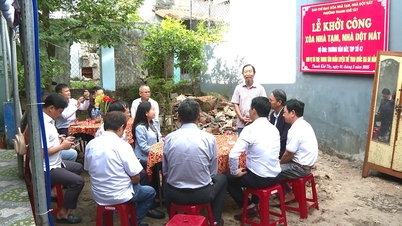

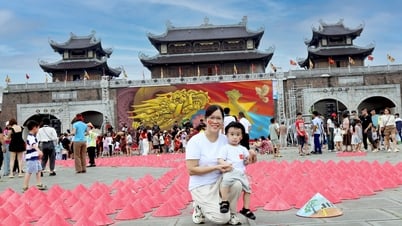

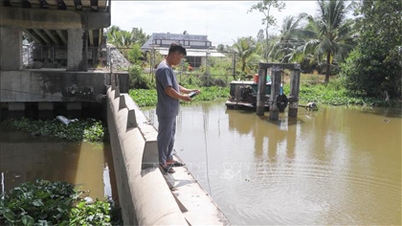













Comment (0)